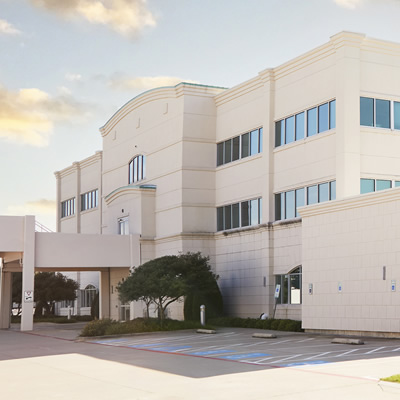Detect breast cancer symptoms to stay ahead of breast cancer
When it comes to detecting breast cancer, it's important to remember that no two people are exactly the same. What's normal for one person may not be for another. Many women say their breasts feel lumpy or uneven and factors such as menstruation, childbirth, weight changes and certain medications can affect the appearance and feel of your breasts. Additionally, breasts tend to change with age. Knowing what is normal for you is key to detecting breast cancer symptoms early.
By performing monthly breast self-exams, you'll become more familiar with your breasts and can more easily spot any unusual changes. It's also important to remember that regular mammograms, as your healthcare provider recommends, are an essential part of breast health. If you notice anything unusual, talk to your healthcare provider as soon as possible.
What are the symptoms of breast cancer?
Symptoms of breast cancer can vary based on the type you have. Breast lumps are a common sign, but breast cancer can also cause:
- Skin changes
- Swelling
- Changes to your nipple
- A rash
However, it’s important to remember that breast cancer doesn’t always cause symptoms, particularly in the early stages of the condition.
Lumps
One of the most common signs of breast cancer is a lump or solid mass in the breast. These lumps are typically firm and may not always be painful, although some may feel tender. You may feel a lump in your breast or armpit or thickening in the area.
It's important to remember that not all breast lumps indicate cancer. Certain noncancerous breast conditions, such as cysts, can also cause lumps.
Nipple changes
Breast cancer can cause changes in the nipple or the skin around it. A nipple may feel tender or turn inward as a tumor forms underneath it. Breast cancer may cause a clear or bloody nipple discharge that occurs without you squeezing the nipple. The skin around your nipple may become red, dry, flaky or thicker than usual.
Changes in breast shape or size
A breast that changes size or shape should always be checked out by your doctor. A breast may develop swelling, or it may get smaller. In addition, a breast may suddenly flatten, droop, or become larger or smaller than the other breast.
It’s common for women to have slightly asymmetrical breasts, but if the change is new, you should talk to your doctor.
Pain
You may notice your breasts feeling tender or painful during your monthly menstrual cycles, which is common. In many cases, pain is not associated with breast cancer, but breast cancer can cause pain when a tumor pushes into nearby tissue. Talk to your provider if you have breast or nipple pain that does not go away, is very intense and develops in one spot.
Skin changes
Skin changes can occur with many breast conditions, including infections, inflammatory conditions and dermatitis. When skin changes occur with breast cancer, they may appear on the skin of the breast or the nipple. Symptoms include:
- Darkening
- Dryness
- Flakiness
- Itchiness
- Pores in the skin that become larger
- Redness or a rash
- Skin that puckers or dimples like an orange peel
- Thickening
What are the symptoms of breast cancer in men?
The signs of breast cancer in men are similar to those in women. These may include a painless lump or thickened area in the breast tissue, skin changes over the breast like dimpling, puckering, redness or scaling, changes in the nipple such as redness or scaling, a nipple that starts to turn inward, and nipple discharge.
What does a lump in your breast mean?
A breast lump can happen for many reasons, including harmless conditions or something more serious. Some common causes are fibroadenoma, a noncancerous lump that feels rubbery and can move, often found in young women; breast cysts, which are fluid-filled sacs that might be painful or hard to notice and often change with a woman’s period; and breast abscesses, a collection of pus in the breast tissue. An abscess is a common complication of a mastitis, an infection in the breast tissue that typically occurs in breastfeeding women. Mastitis can make the breast red, warm and sore. Hormonal changes during a menstrual cycle can also cause lumps. Even though most breast lumps are harmless, it's important to see a doctor, especially after menopause.
When should you see a doctor for symptoms of breast cancer?
If you have a lump or are experiencing another symptom that doesn’t feel normal for you, call your doctor right away.
You may need tests, such as a diagnostic mammogram or breast ultrasound, to help determine what’s causing the symptoms. These and other tests for breast cancer can help identify breast cancer regardless of symptoms, which means you can start treatment as soon as possible.
Breast cancer is the most common cancer in women, behind skin cancer. With regular screening, the condition can be identified early before symptoms appear. Most women should begin annual screening mammograms at age 40, but some women who have a higher risk may need them earlier or more frequently than once per year.
People at increased risk for breast cancer
Some women have a higher-than-average risk for breast cancer. For those women, relying on symptoms could mean that cancer goes undetected for too long. They may benefit from earlier or more frequent breast cancer screenings or from genetic testing that can tell them if they have inherited gene mutations that put them at risk.
Talk to your primary care physician or OBGYN about screening or genetic testing if you:
- Have a family history of breast cancer, especially in a first-degree relative, such as a mother or sister
- Have a personal history of breast cancer
- Received radiation to your chest early in life
Breast cancer screening locations near you
We help you get care at a location that fits your needs. Several of our locations in North and Central Texas offer mammograms to detect breast cancer before you have symptoms.

Baylor Scott & White Breast Care Specialists of Texas
1250 8th Ave Ste 650, Fort Worth, TX, 76104- Monday: 8:30 am - 4:30 pm
- Tuesday: 8:30 am - 4:30 pm
- Wednesday: 8:30 am - 4:30 pm
- Thursday: 8:30 am - 4:30 pm
- Friday: 8:00 am - 1:30 pm

Baylor Scott & White Breast Care Specialists of Texas (Satellite)
6100 Harris Pkwy Ste 260, Fort Worth, TX, 76132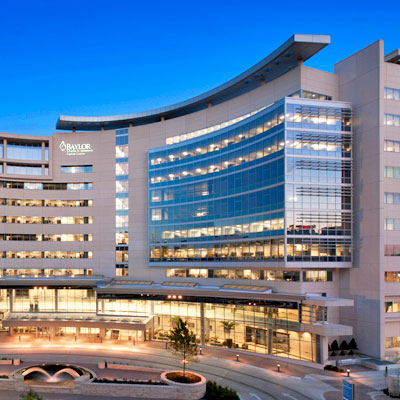
Baylor Scott & White Breast Specialists - Dallas
3410 Worth St Ste 235, Dallas, TX, 75246- Monday: 8:30 am - 5:00 pm
- Tuesday: 8:30 am - 5:00 pm
- Wednesday: 8:30 am - 5:00 pm
- Thursday: 8:30 am - 5:00 pm
- Friday: 8:30 am - 5:00 pm
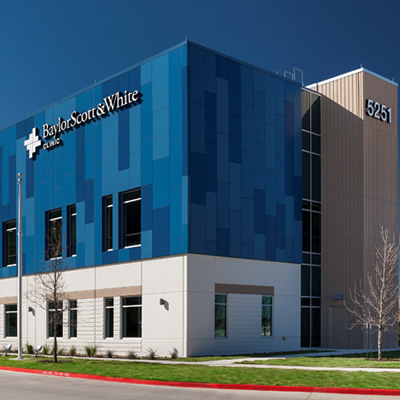
Baylor Scott & White Cancer and Infusion Center - Austin Oak Hill
5251 US 290 Ste 100, Austin, TX, 78735- Monday: 8:00 am - 5:00 pm
- Tuesday: 8:00 am - 5:00 pm
- Wednesday: 8:00 am - 5:00 pm
- Thursday: 8:00 am - 5:00 pm
- Friday: 8:00 am - 5:00 pm
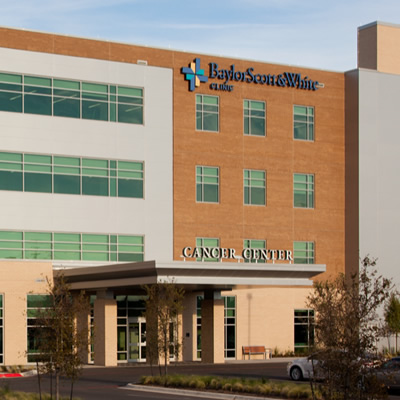
Baylor Scott & White Cancer Center - Round Rock
300A University Blvd , Round Rock, TX, 78665- Monday: 8:00 am - 5:00 pm
- Tuesday: 8:00 am - 5:00 pm
- Wednesday: 8:00 am - 5:00 pm
- Thursday: 8:00 am - 5:00 pm
- Friday: 8:00 am - 5:00 pm
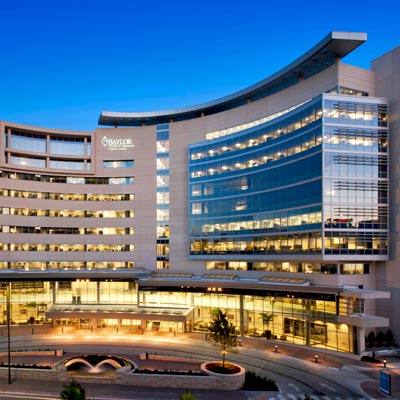
Baylor Scott & White Charles A. Sammons Cancer Center - Dallas
3410 Worth St , Dallas, TX, 75246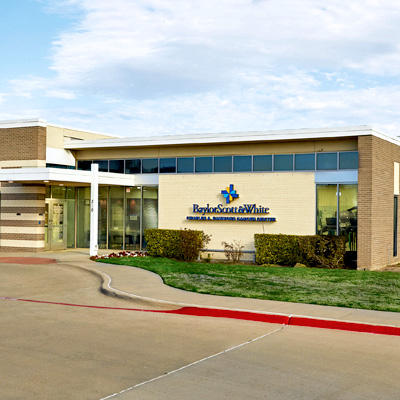
Baylor Scott & White Charles A. Sammons Cancer Center - Duncanville
310 E Hwy 67 , Duncanville, TX, 75137- Monday: 8:00 am - 5:00 pm
- Tuesday: 8:00 am - 5:00 pm
- Wednesday: 8:00 am - 5:00 pm
- Thursday: 8:00 am - 5:00 pm
- Friday: 8:00 am - 5:00 pm

Baylor Scott & White Charles A. Sammons Cancer Center - Irving
2001 N MacArthur Blvd Ste 120, Irving, TX, 75061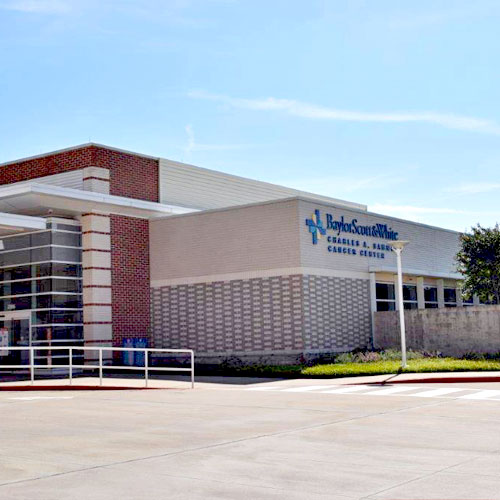
Baylor Scott & White Charles A. Sammons Cancer Center - Waxahachie
2380 N Interstate 35E , Waxahachie, TX, 75165- Monday: 7:30 am - 4:30 pm
- Tuesday: 7:30 am - 4:30 pm
- Wednesday: 7:30 am - 4:30 pm
- Thursday: 7:30 am - 4:30 pm
- Friday: 7:30 am - 4:30 pm
- Saturday: 7:30 am - 4:30 pm
- Sunday: 7:30 am - 4:30 pm
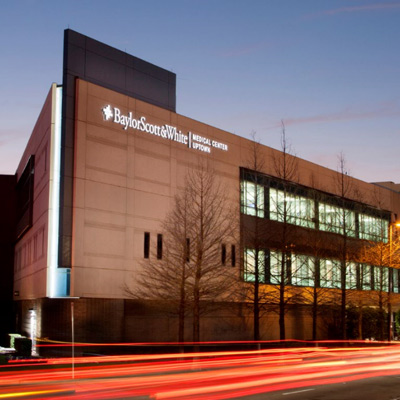
Baylor Scott & White Medical Center - Uptown
2727 E Lemmon Ave , Dallas, TX, 75204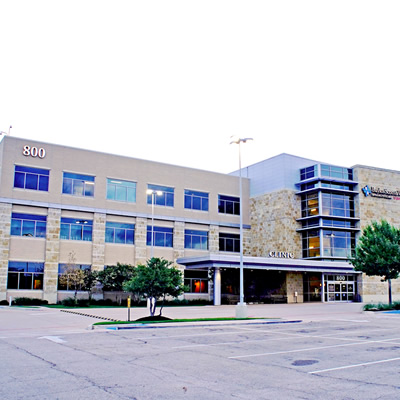
Baylor Scott & White Specialty Clinic - Marble Falls
800 W State Hwy 71 , Marble Falls, TX, 78654- Monday: 8:00 am - 5:30 pm
- Tuesday: 8:00 am - 5:30 pm
- Wednesday: 8:00 am - 5:30 pm
- Thursday: 8:00 am - 5:30 pm
- Friday: 8:00 am - 5:30 pm

Baylor Scott & White Surgical Group of North Texas - Grapevine
1056 Texan Trl , Grapevine, TX, 76051- Monday: 8:00 am - 5:00 pm
- Tuesday: 8:00 am - 5:00 pm
- Wednesday: 8:00 am - 5:00 pm
- Thursday: 8:00 am - 5:00 pm
- Friday: 8:00 am - 4:00 pm
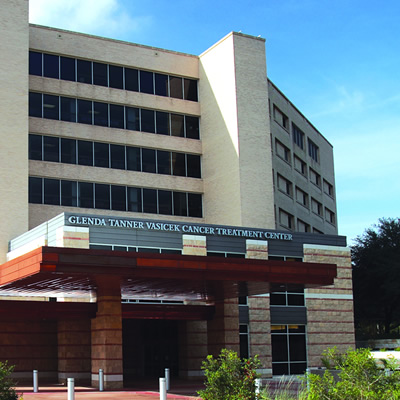
Baylor Scott & White Vasicek Cancer Treatment Center - Temple
2401 S 31st St , Temple, TX, 76508- Monday: 8:00 am - 5:00 pm
- Tuesday: 8:00 am - 5:00 pm
- Wednesday: 8:00 am - 5:00 pm
- Thursday: 8:00 am - 5:00 pm
- Friday: 8:00 am - 5:00 pm

Baylor Scott & White Women's Imaging Center - Irving (MacArthur & Hwy 183)
2001 N MacArthur Blvd Ste 250, Irving, TX, 75061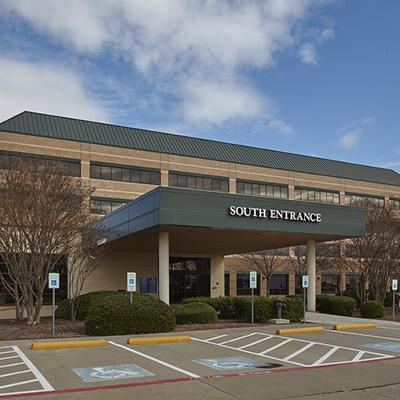
Baylor Scott & White Women's Imaging Center - Las Colinas (MacArthur & I-635)
440 W Lyndon B Johnson Fwy Plaza II, Ste 120A, Irving, TX, 75063
Baylor Scott & White Women's Imaging Center - McKinney
5236 W University Dr Ste 2500, McKinney, TX, 75071- Monday: 8:00 am - 4:30 pm
- Tuesday: 8:00 am - 4:30 pm
- Wednesday: 8:00 am - 4:30 pm
- Thursday: 8:00 am - 4:30 pm
- Friday: 8:00 am - 4:30 pm

Baylor Scott & White Women's Imaging Center - Plano
4716 Alliance Blvd Pavilion II, Ste 100, Plano, TX, 75093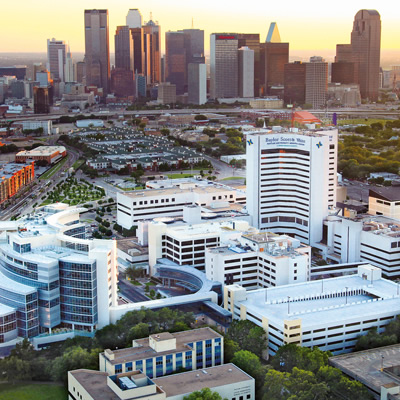
Baylor University Medical Center, part of Baylor Scott & White Health
3500 Gaston Ave , Dallas, TX, 75246